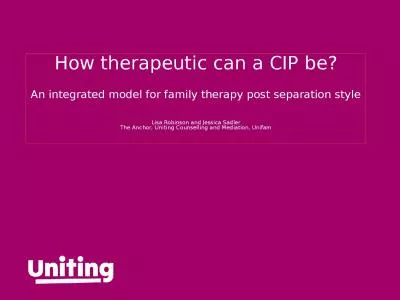PPT-Family Conflict,
Author : lois-ondreau | Published Date : 2017-08-18
Deviant Peer Association amp Adolescent Delinquent Behavior A Mediational Model Allegra Nevins Juvenile Delinquency The violation of a law of the United States
Presentation Embed Code
Download Presentation
Download Presentation The PPT/PDF document "Family Conflict," is the property of its rightful owner. Permission is granted to download and print the materials on this website for personal, non-commercial use only, and to display it on your personal computer provided you do not modify the materials and that you retain all copyright notices contained in the materials. By downloading content from our website, you accept the terms of this agreement.
Family Conflict,: Transcript
Download Rules Of Document
"Family Conflict,"The content belongs to its owner. You may download and print it for personal use, without modification, and keep all copyright notices. By downloading, you agree to these terms.
Related Documents

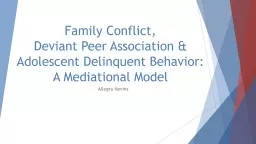
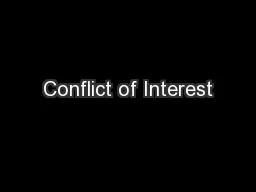

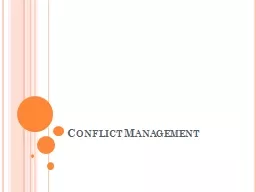
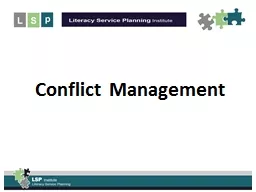
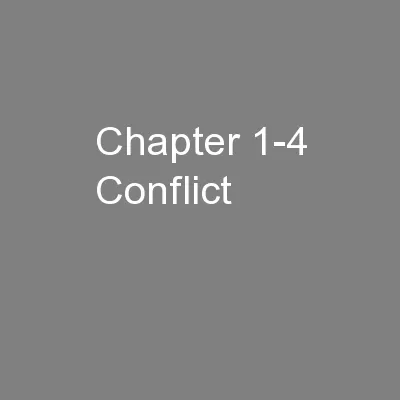






![Download Book [PDF] The Family Law Professional\'s Field Guide to High-Conflict Litigation:](https://thumbs.docslides.com/1017576/download-book-pdf-the-family-law-professional-s-field-guide-to-high-conflict-litigation.jpg)
